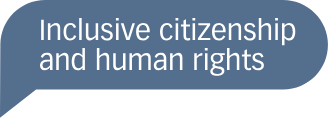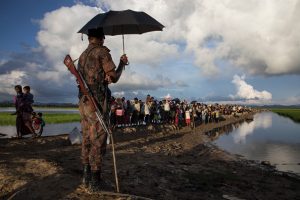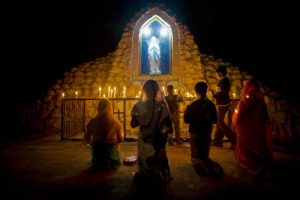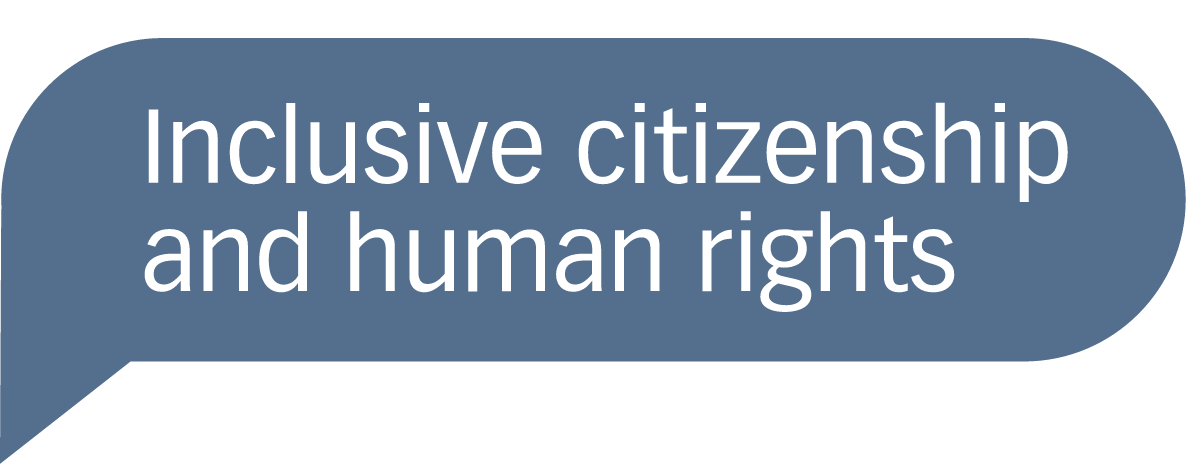Course: Genocide and Group Hostility
Genocide and Group Hostility
In this course we will explore the concept of genocide and other mass atrocities, using various key cases from recent decades.

The UN Genocide Convention was adopted in 1948 in the aftermath of the Holocaust. The concept of “genocide” remains central as well as contested in international legal and political discourse. A core question is how genocide should be defined and how it differs from other mass atrocities such as crimes against humanity and war crimes.
In this course, we will explore selected cases from recent decades affecting different ethnic and/or religious groups in Bosnia-Herzegovina (Srebrenica, 1995), Rwanda (1994), and Iraq and Syria (2014). We also consider more recent and pending cases that have been or are being litigated before the International Court of Justice (ICJ). This includes directions to Myanmar and Israel to take measures to prevent genocide against the Rohingya and Palestinians in Gaza, respectively. We also include some cases from the International Criminal Court (ICC) concerning other mass atrocities, such as crimes against humanity and war crimes.
The course provides insight into the legal mechanisms that aim to prevent and combat impunity at the international and national levels, as set out in the UN Genocide Convention. It also discusses the developments and debates that put pressure on these mechanisms and on the definition of genocide on which they are based.
Course Aims
This course will provide resources that enable you to
- Explore diverse perspectives and debates surrounding the definition of genocide and how they may be applied to different cases
- Recognize the shared characteristics and key differences between “genocide” and other mass atrocities, such as “war crimes” and “crimes against humanity”
- Recognize warning signals that may indicate the threat of genocide or other mass atrocities, and gain insight into preventive mechanisms and their limitations
- Learn about different legal and non-legal approaches to restoration after genocide
- Explore the relationship between group hostility, religious identity, gender, and genocide
Course Modules
This course is divided into four main modules, addressing the following main topics:
- the definition of genocide according to the UN Genocide Convention; other understandings of genocide; political use/misuse of the term
- differences and similarities between mass atrocity crimes such as genocide, war crimes, and crimes against humanity
- recognition of warning signals for genocide
- mechanisms for and challenges related to the prevention of genocide
- legal mechanisms developed to combat impunity after genocide
- approaches to and challenges of reconciliation after genocide
- group hostility and dehumanization as preconditions for genocide
- various causes of genocide
Approach / Methodology
This is an interdisciplinary course grounded in public international law (particularly in international human rights and international criminal law), that incorporates perspectives from the social sciences. The course takes a comparative, case-based approach.






